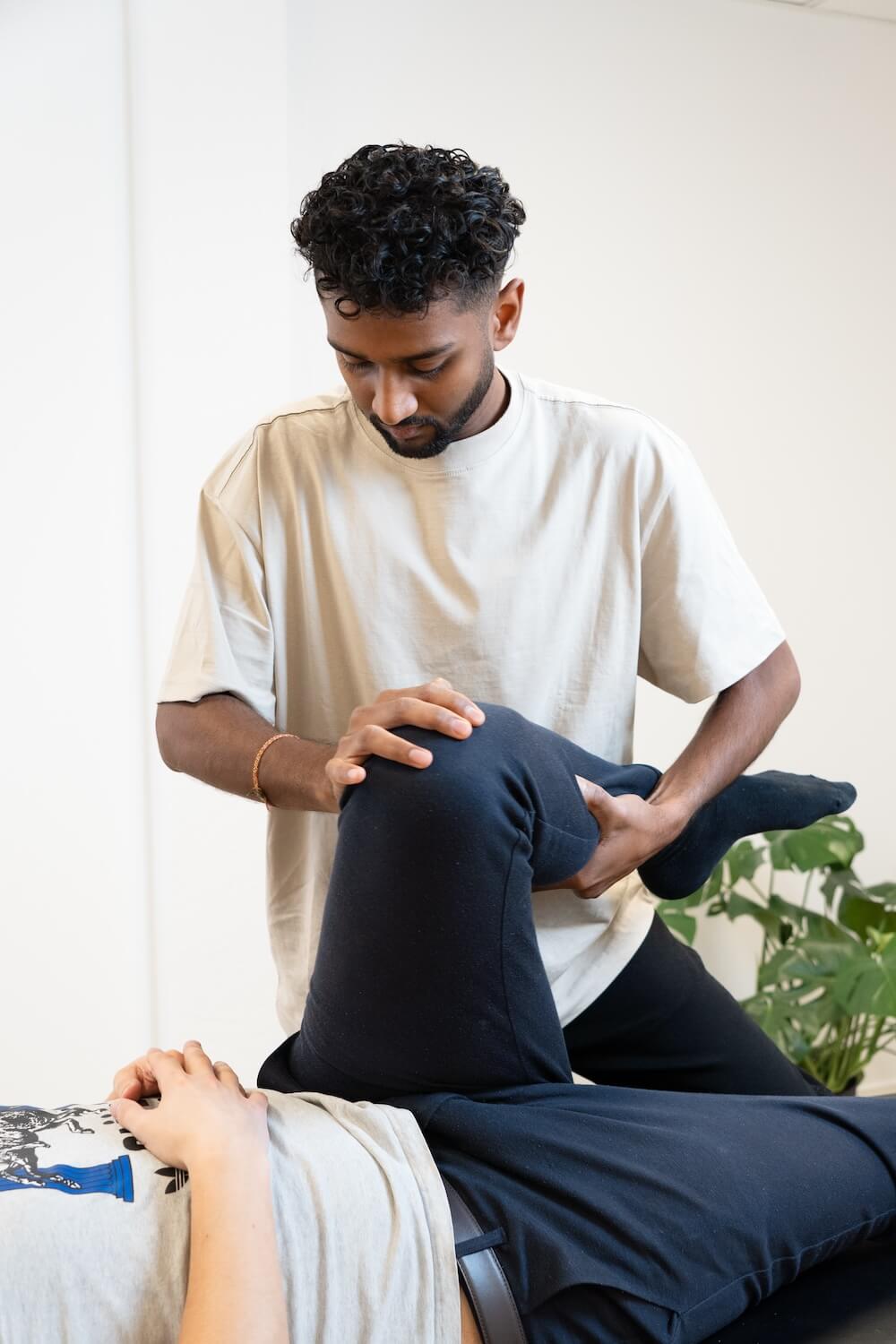We treat
Restless Legs Syndrome (RLS)
Learn more about Restless Legs Syndrome (RLS)
Restless Legs Syndrome (Willis Ekbom Syndrome)
Restless Legs Syndrome (RLS) is a neurological disorder characterized by uncomfortable sensations in the legs and an irresistible urge to move them. These sensations typically occur when one is at rest, especially in the evening or at night, and can disrupt sleep. Movement typically temporarily relieves the discomfort associated with RLS.
Jump to section [Vis]
What are the causes of Restless Legs Syndrome (RLS)?
The causes of Restless Legs Syndrome (RLS) are not fully understood, but it is believed to be related to a combination of genetic factors and disturbances in brain chemistry, particularly dopamine. There are also some associated factors, such as iron deficiency, pregnancy, kidney failure, and certain medical conditions, that can trigger or worsen the symptoms.
Therefore, there is broad agreement that treatment can focus on many points, where you and your therapist can assess which form of treatment will benefit you best. This can also be a mixture of both/either medication, manual therapy and/or exercise therapy.
Sources: National Institutes of Health

Symptoms of Restless Legs Syndrome (RLS)
Symptoms of RLS can manifest in several ways, but they typically include:
- Unpleasant sensations in the legs, such as tingling, prickling, pricking or crawling.
- An irresistible urge to move your legs, especially when sitting or lying still.
- Symptoms typically worsen in the evening or at night and can disrupt sleep, leading to sleep problems and daytime fatigue.
- Temporary relief from movement or stretching the legs.
Symptoms vary from person to person and can also change over time. It is also possible to have several of the symptoms at the same time, each of which can lead to different problems.
Treatment of Restless Legs Syndrome (RLS)
Treatment of Restless Legs Syndrome (RLS) may include several approaches, including:
Lifestyle changes: This may include avoiding stimuli like caffeine and alcohol, regulating sleep patterns, and maintaining regular exercise.
Medication: Medications, such as dopamine agonists, benzodiazepines, and anticonvulsants, can help relieve symptoms and improve sleep quality. However, be aware that this can worsen your symptoms in the long run if medication is not under control. It is important to consult a doctor for an individual treatment plan regarding dosage, as the effectiveness of different measures may vary depending on the individual’s situation.
Iron treatment: If iron deficiency is an underlying cause, iron supplements may be helpful.
Massage, mindfulness, and stretching exercises: These can help relieve muscle tension and improve comfort in the legs.
Other therapies: Acupuncture, heat and cold treatments, and relaxation techniques may also be beneficial for some people with RLS.
It is important to consult a doctor for an individual treatment plan regarding medication dosage, as the effectiveness of different measures may vary depending on the individual’s situation.
Sources: National Institute of Neurological Disorders and Stroke & Mayo Clinic

What is the osteopathic approach to treating RLS?
Osteopathic treatment of RLS will typically focus on:
- To optimize circulation to the legs and ensure optimal conditions below.
- To investigate various neurological and vascular problems that can worsen the supply to the legs and associated structures.
- Optimization/prevention of lifestyle factors that may have an impact on RLS.
- Treatment of other associated structures that may be related to the legs.
- Maintaining balance (homeostasis) in the body’s various systems so that they can each work under optimal conditions. This includes our chemical, neurological, mechanical and metabolic systems, all of which have a role in keeping us healthy and fit.
This can be multifactorial, so it requires a consultation with your therapist to clarify how we can best help you with your problem.

Often related injuries

Restless Legs Syndrome (RLS)
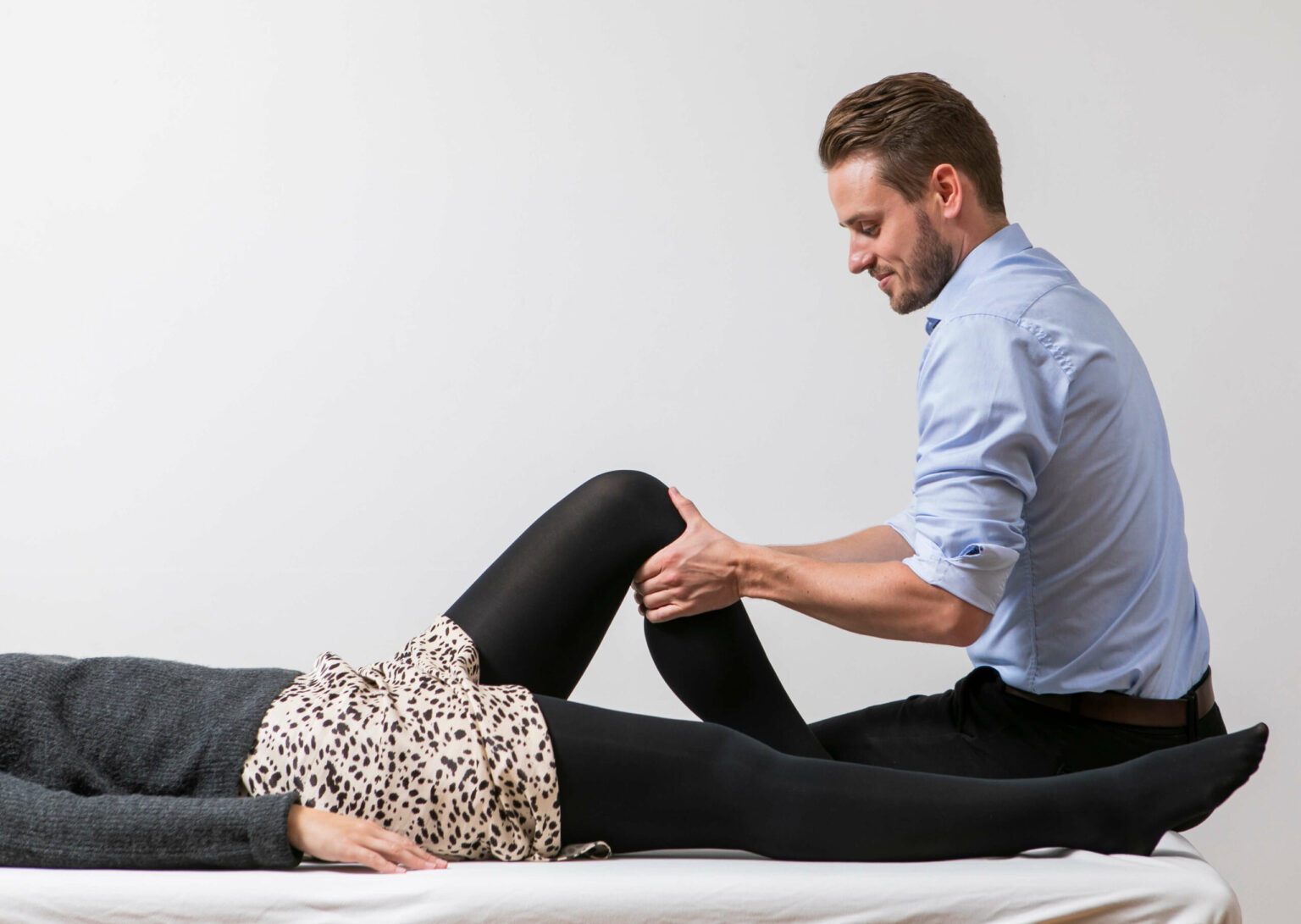
Cruciate ligament injuries – ACL/PCL
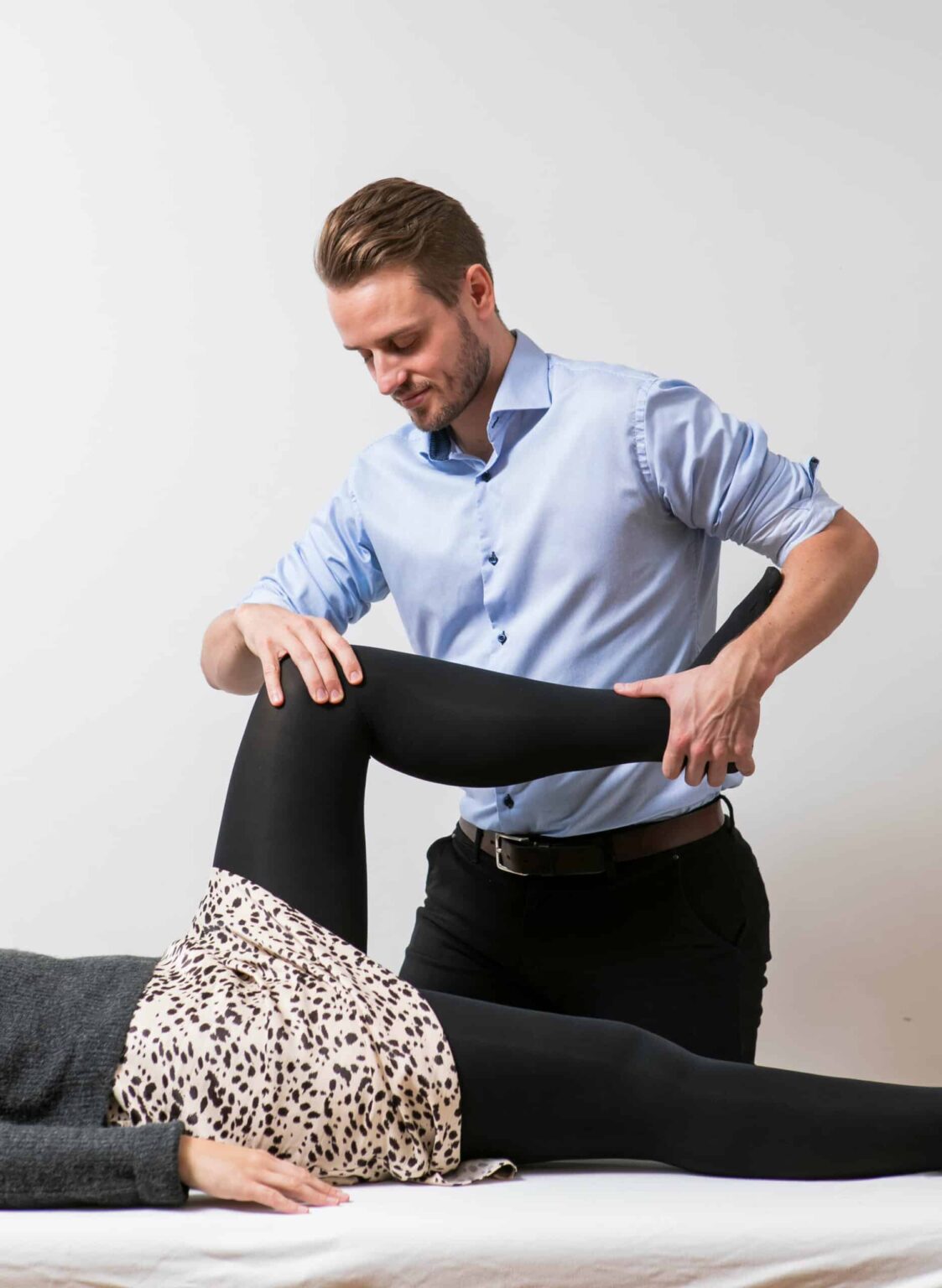
Synovial Plica
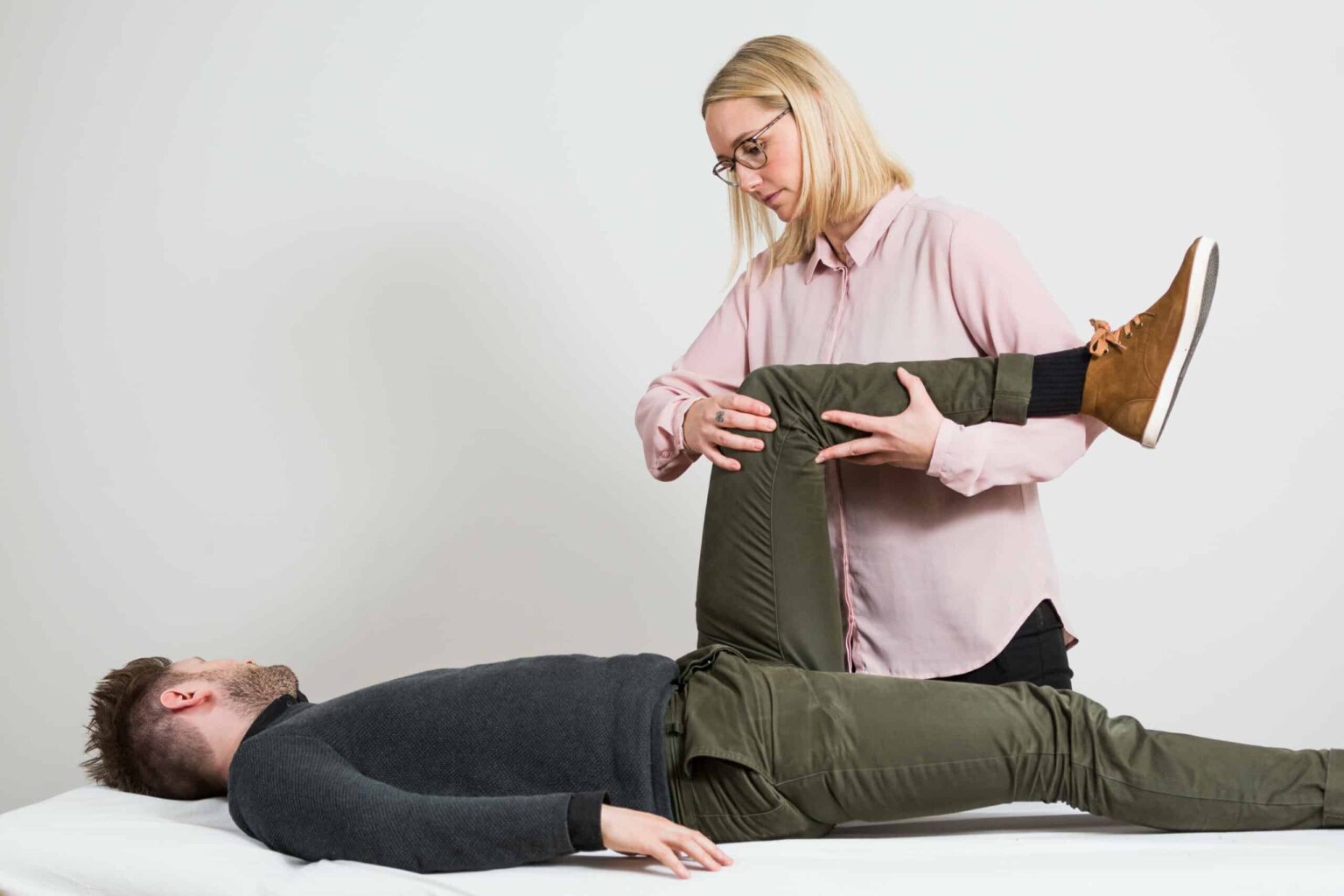
Pes anserinus tendinitis
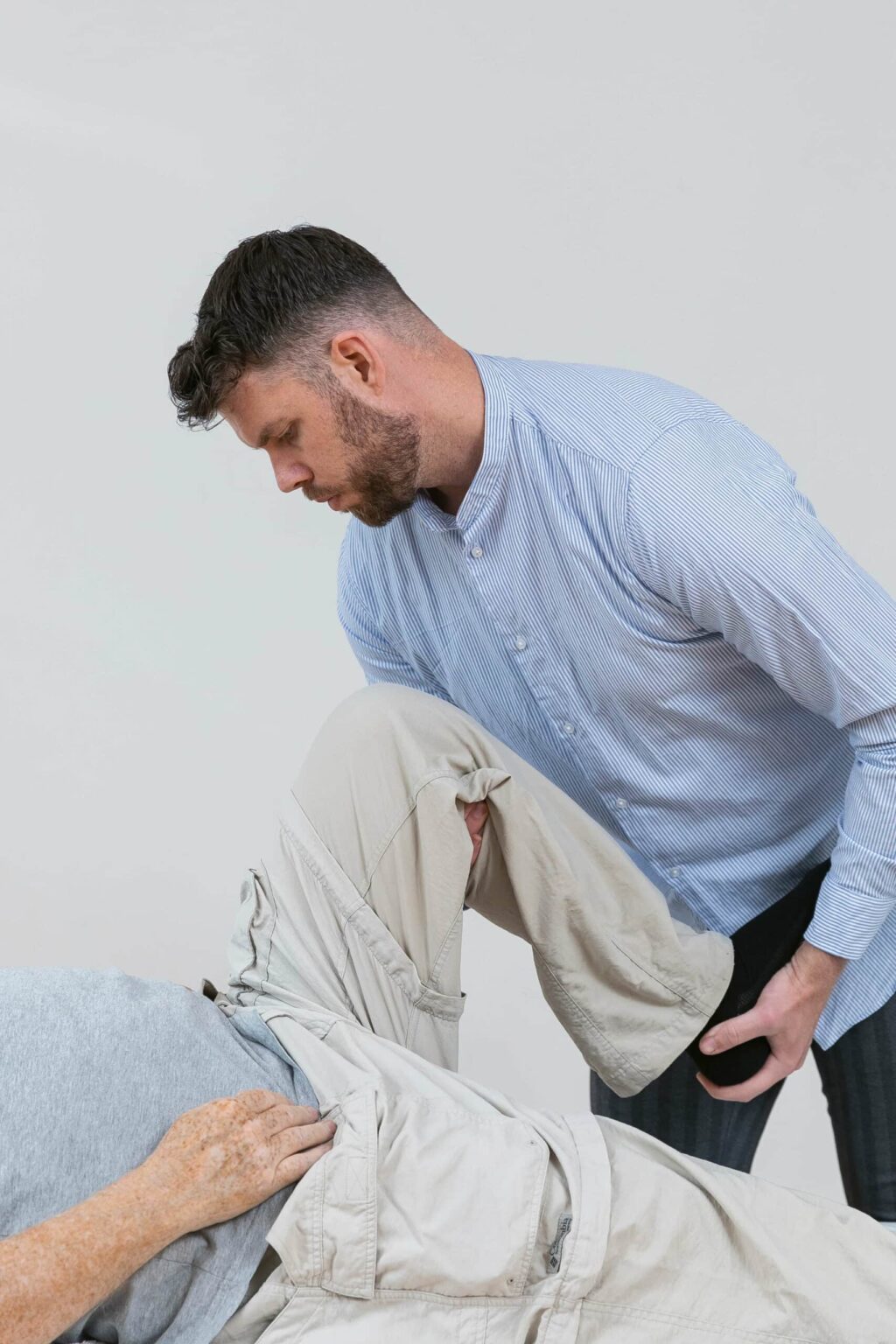
Jumper’s knee

Knee plica inflammation
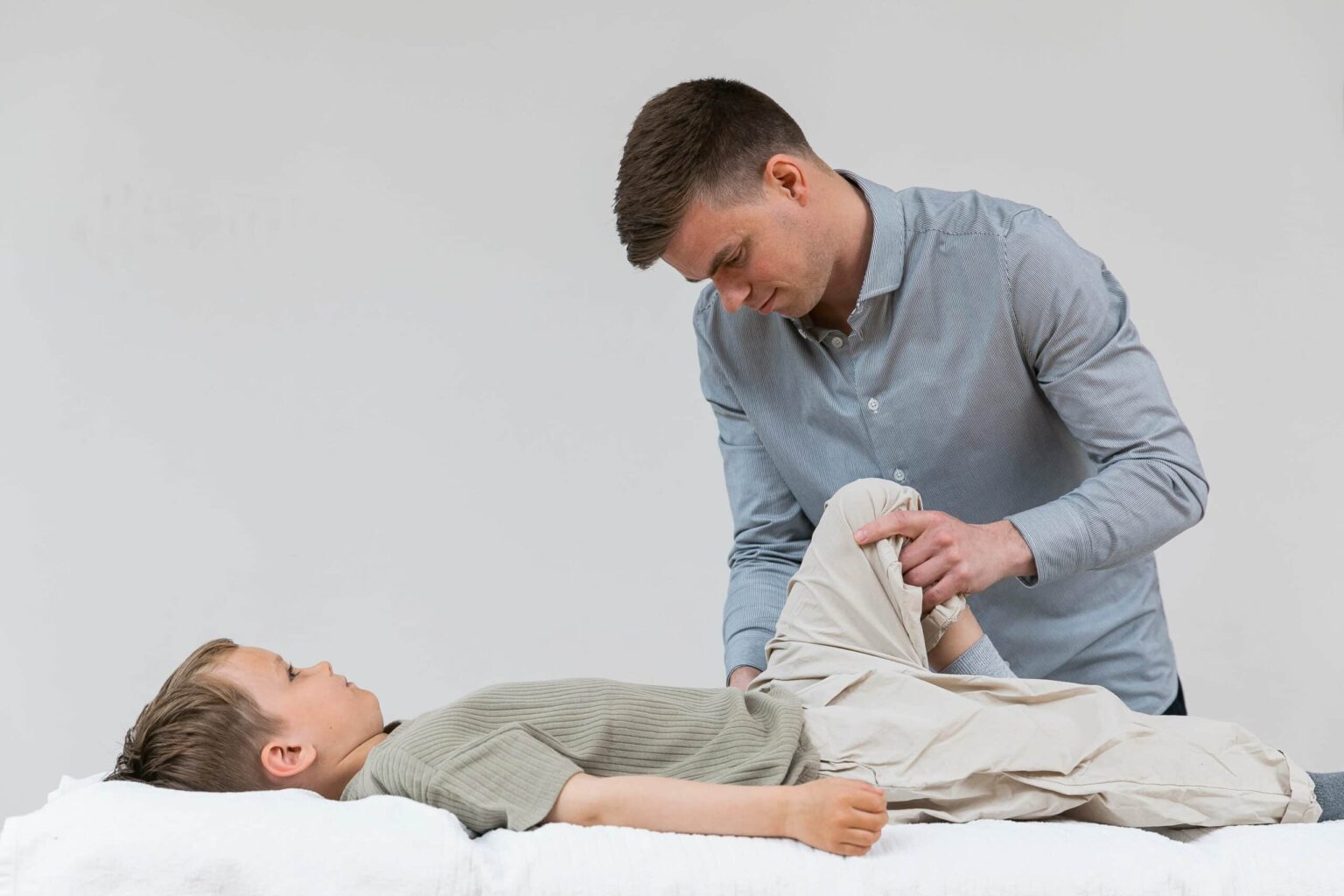
Osgood Schlatter
